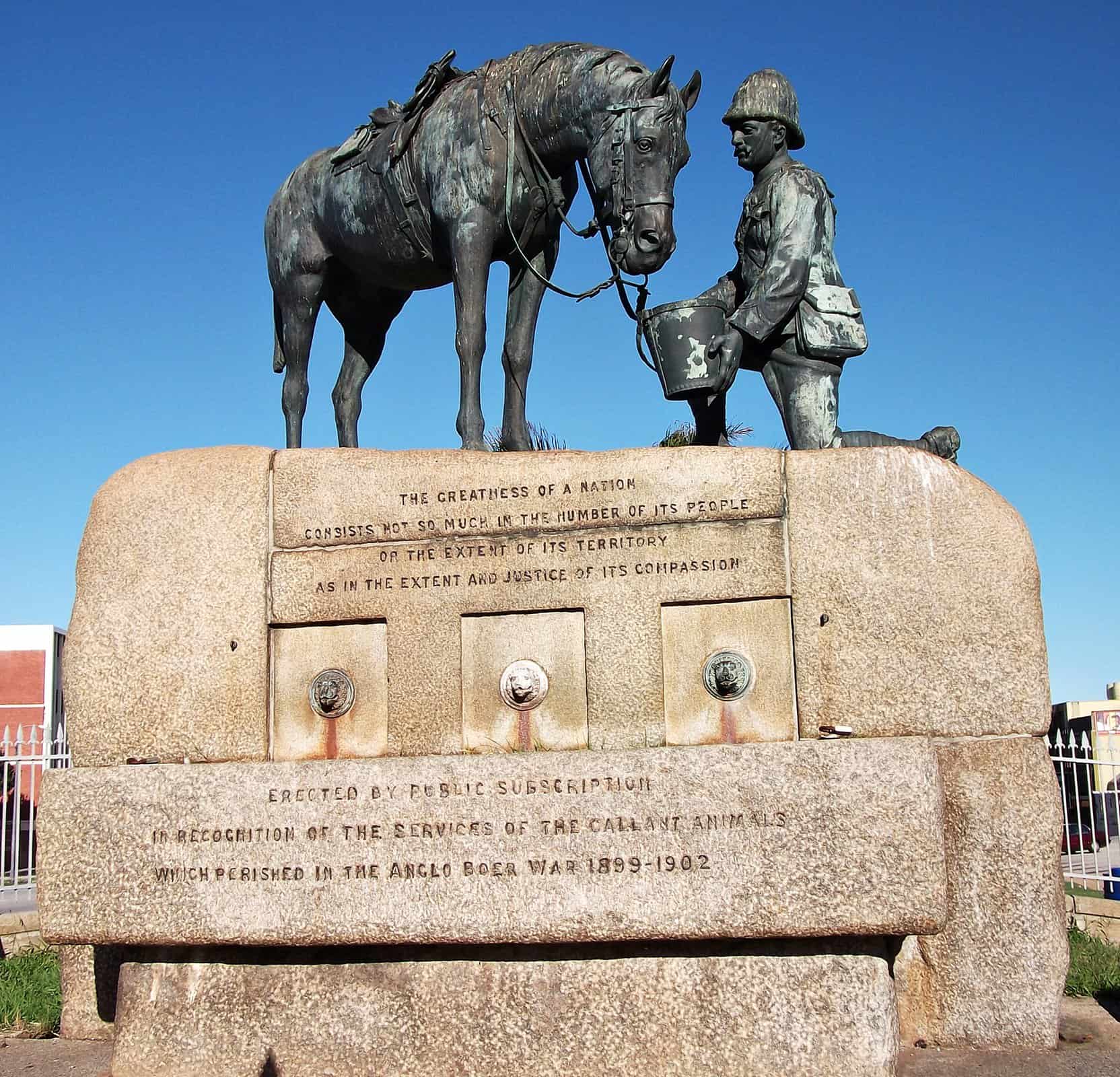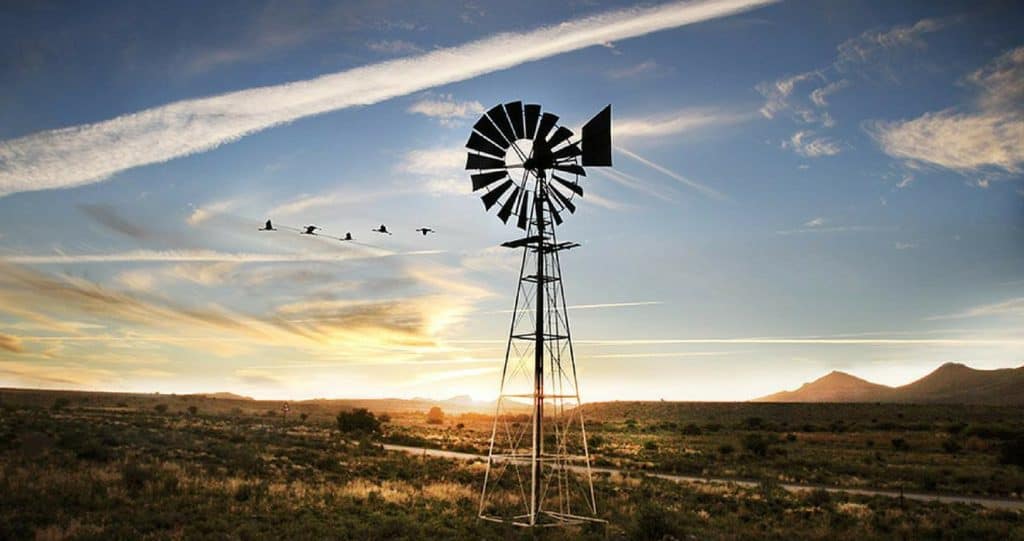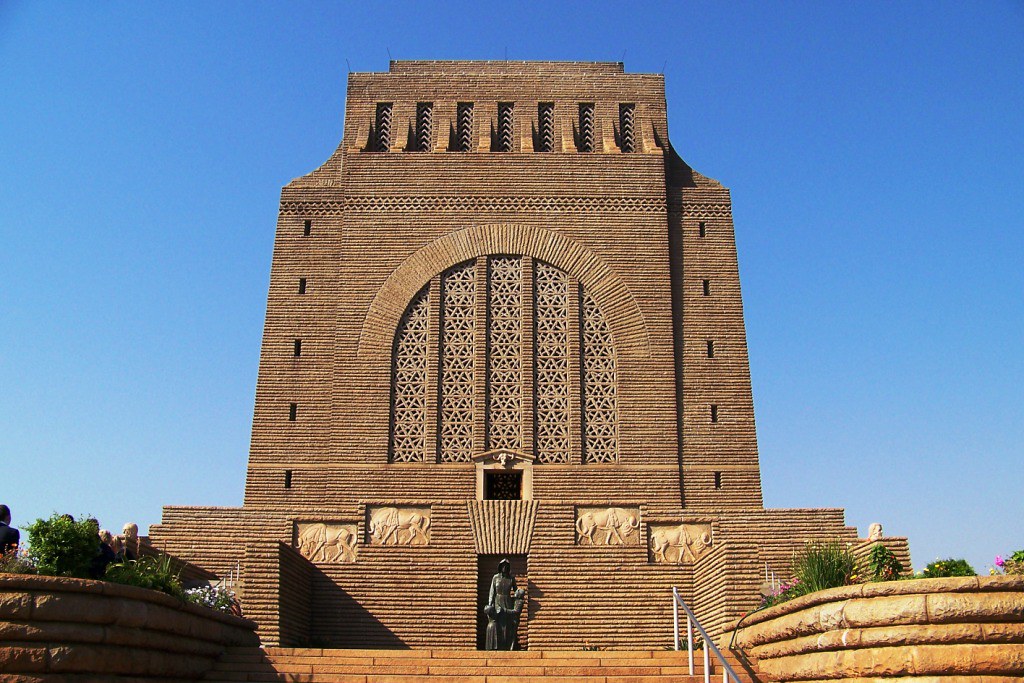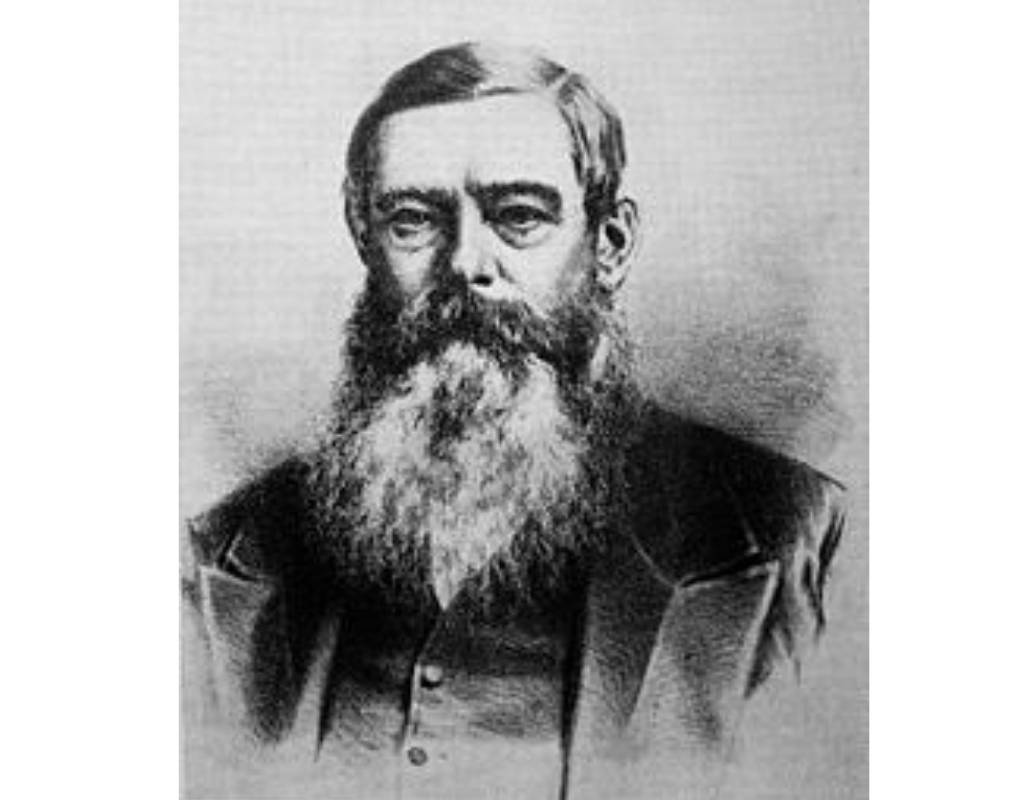Horses deserve a worthy place in our history. Nowadays, it is difficult to imagine what a horse was worth a century ago, but for the Boer warrior during the Anglo-Boer War a horse was invaluable.
The Boer hero General Koos de la Rey said, ‘Without a horse, a Boer was worth nothing as a warrior. We often made them fight on foot, but without any success. So, if a Boer lost a horse, it meant that one man was lost, and each horse we took from the enemy was one more Boer on the battlefield.’ From this it is clear that the Boer of the late 1800s and early 1900s was entirely lost without his friend – the horse.
Because horses rendered such a valuable service during the Anglo-Boer War, it was decided in the early 1900s to erect a horse monument outside the St. Georges Cricket Stadium in Port Elizabeth. Apparently, this city was chosen because many of the horses that were imported during the Anglo-Boer War entered the country there. The horse memorial in Port Elizabeth is one of only four monuments in the world erected in honour of the horse. The others are in Argentina, Britain and at the Weston Agricultural College outside Mooi River in KwaZulu-Natal.
The statue at the corner of Russel Road and Cape Road in Port Elizabeth is a sentimental scene of a soldier kneeling at his horse to let him drink water from a bucket. The monument was designed in 1905 by Joseph Whitehead. The words on the monument speak of man’s heartfelt love for his horse: ‘The greatness of a nation does not exist so much in the number of its people or the extent of its territory as in the extent and justice of its compassion.’
According to tradition, thousands of horses were killed in the Anglo-Boer War – some sources say as much as 500 000.
Fact or fiction
According to an old tradition, the way a horse stands is an indication of how the rider died. If the horse stands with both feet in the air, the rider was killed during the battle. If one of the horse’s feet is in the air, the rider was wounded in the battle or died later from his wounds. If the horse stands with all four legs on the ground, the rider died later of natural causes. Sources do not agree on the truth of this tradition, but it may be good to take note of this the next time you visit a horse monument.
Kraal publishers is a small but specialised publishing house that focuses primarily on the publishing of quality books about South African history as well as publications that can change or set historical facts straight and take a strong stance on, among others, political and social issues in South Africa. Kraal mainly publishes non-fiction. Visit Kraal’s website here




















